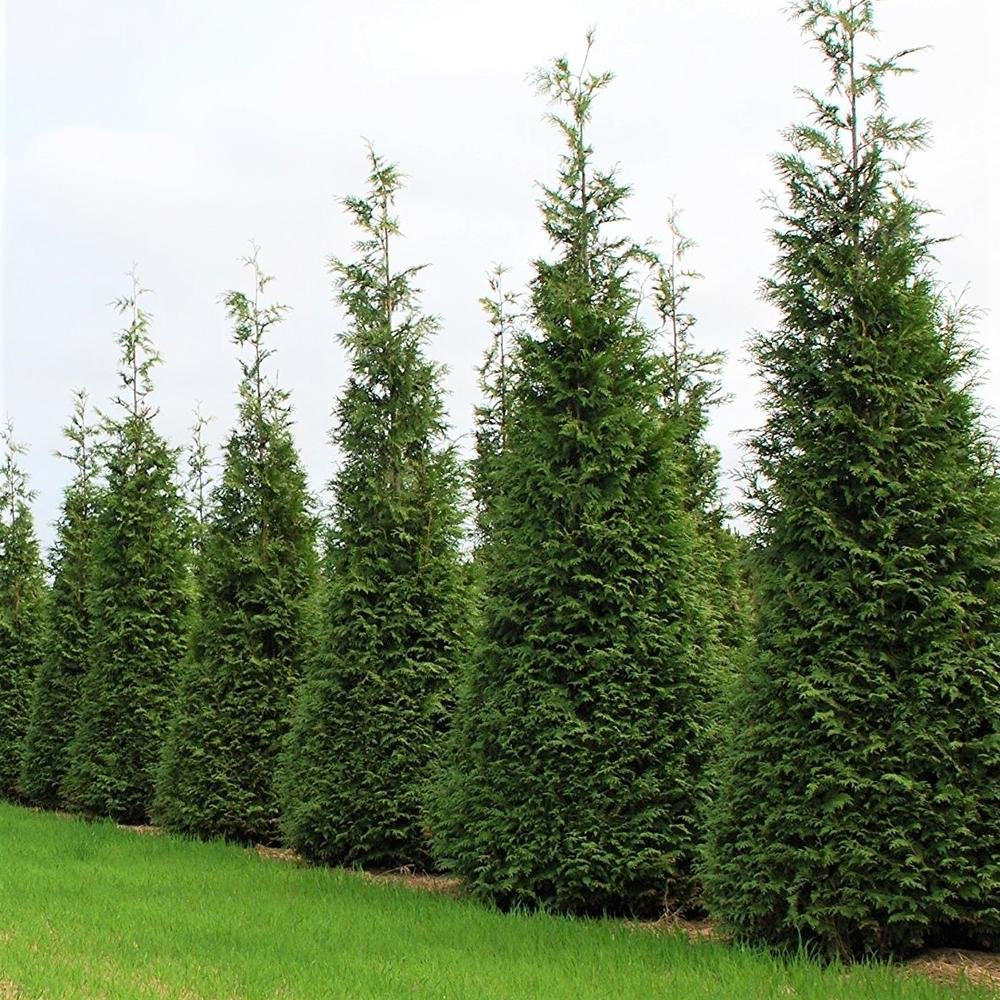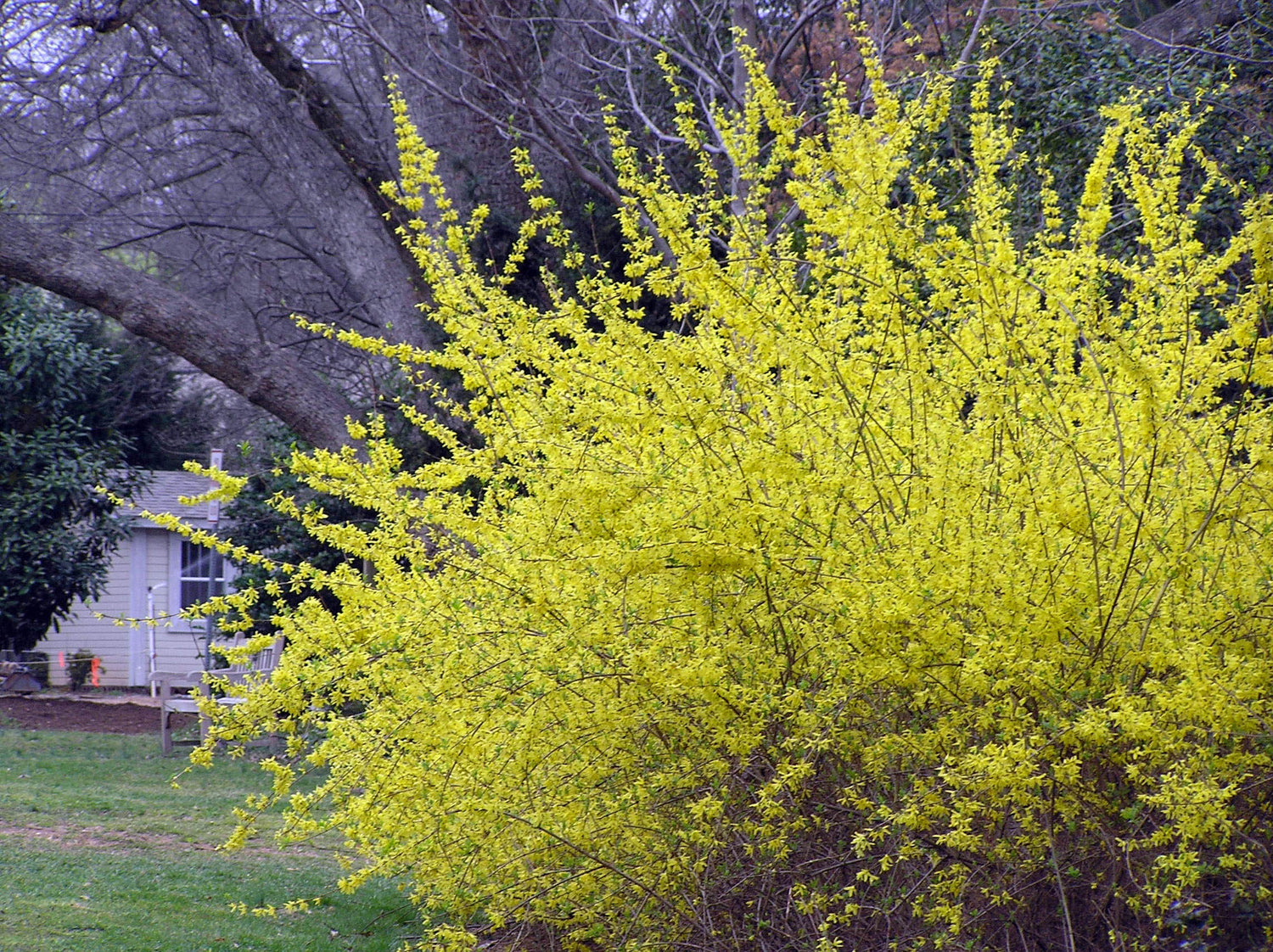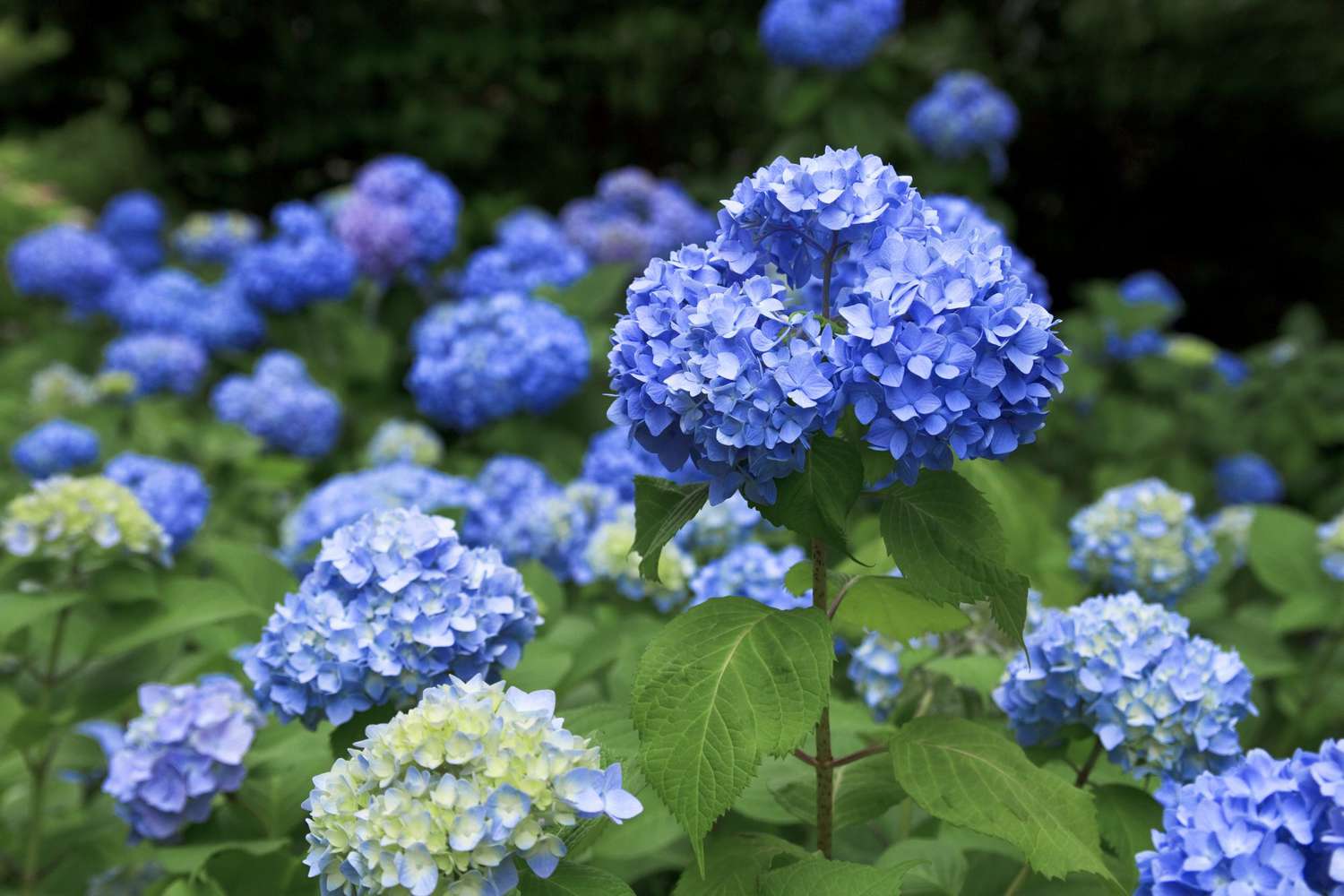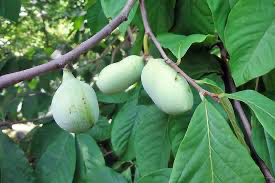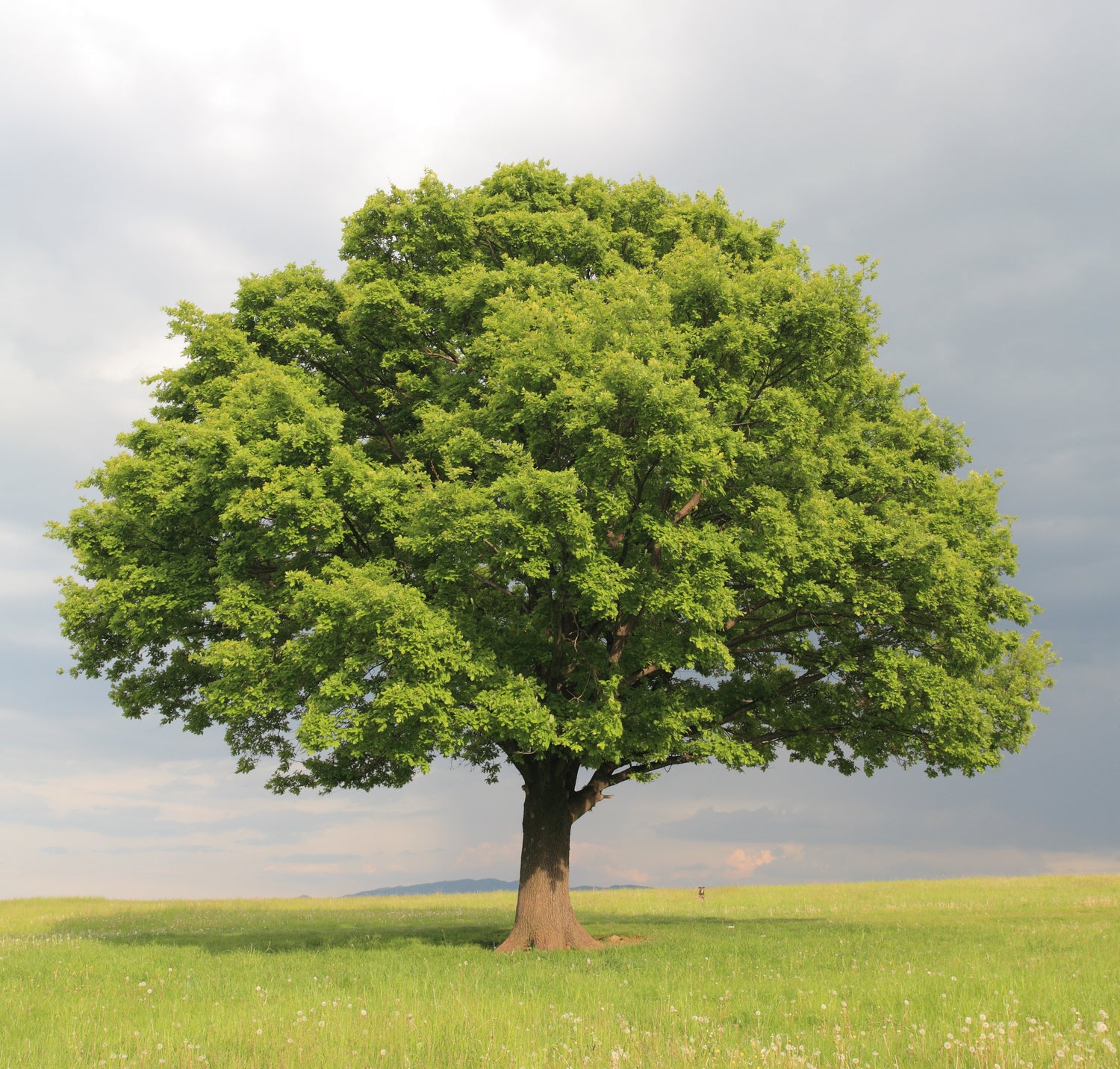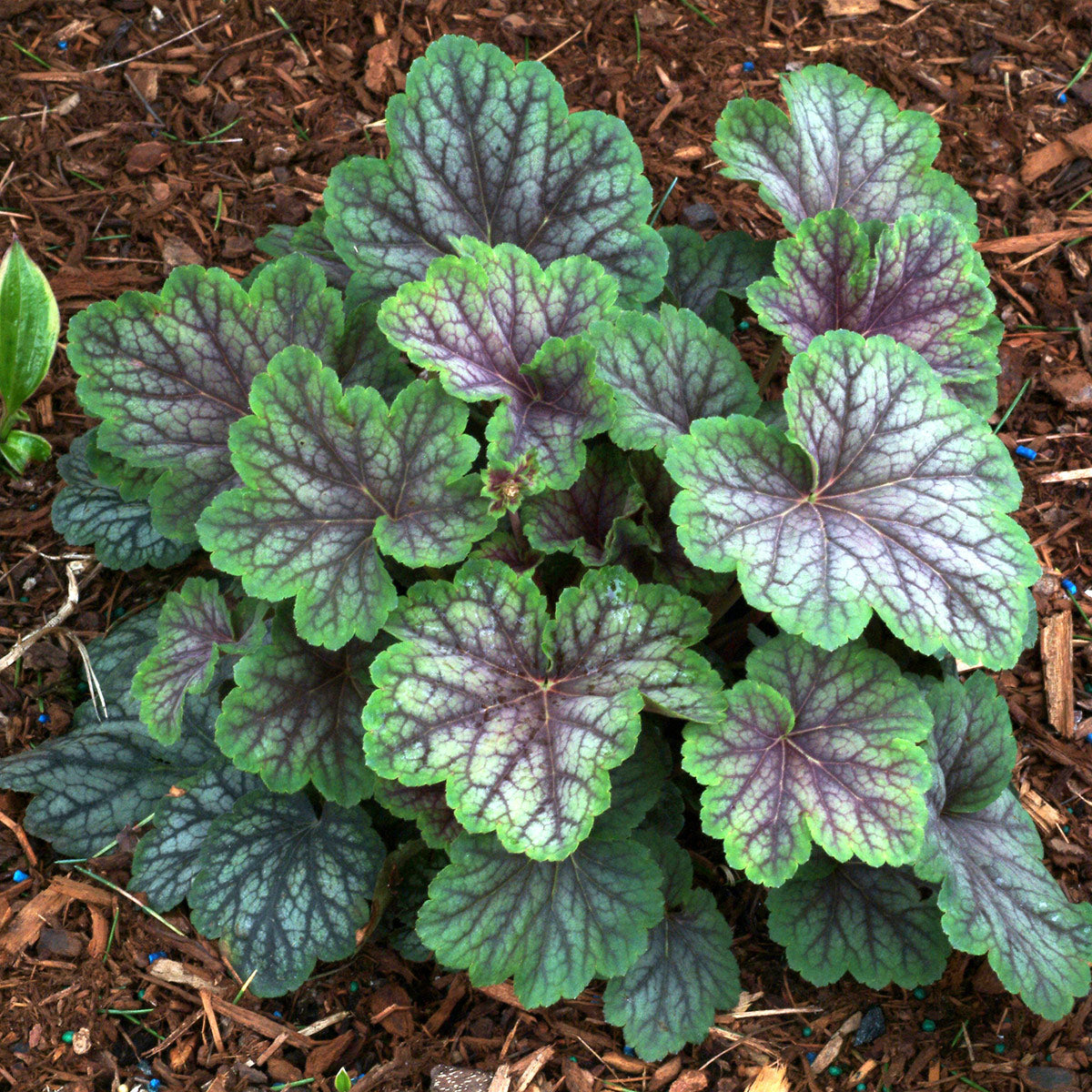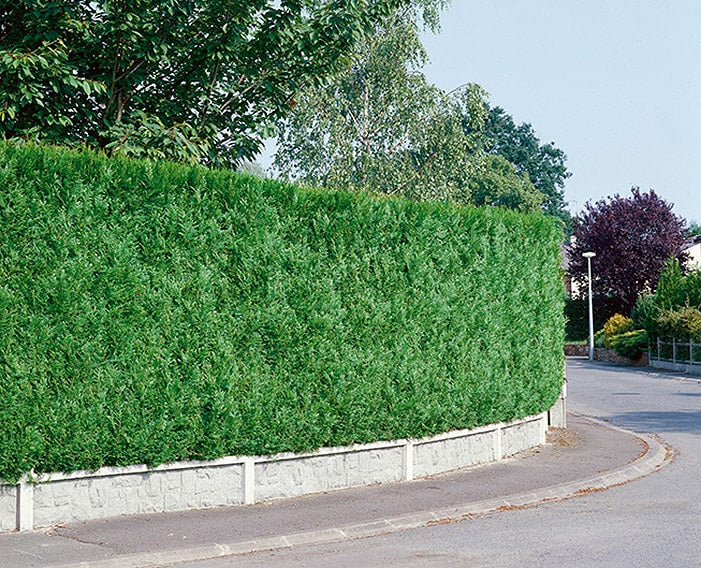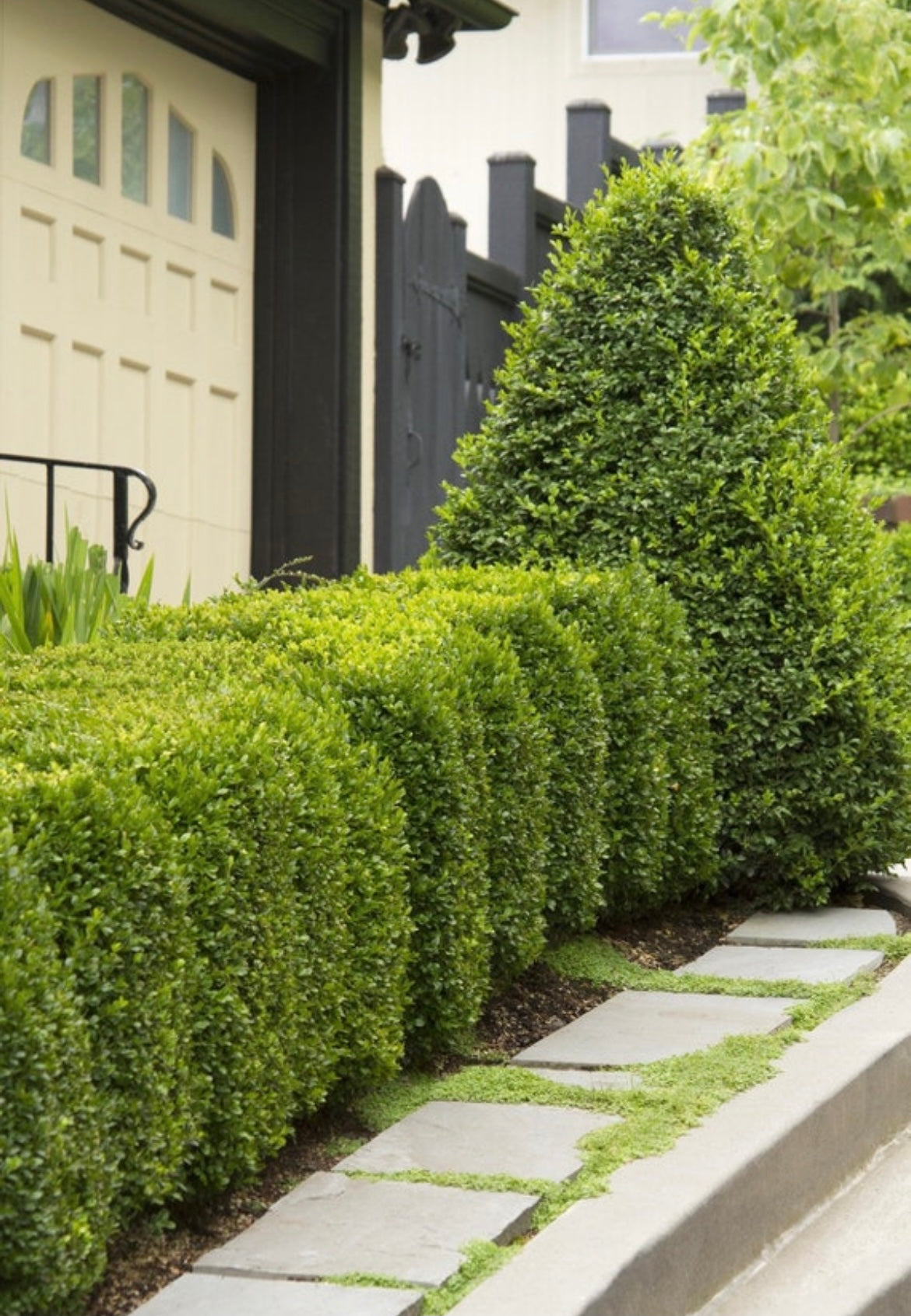Introduction to the Silver Maple: A Tree of Rapid Growth and Resilience
The Silver Maple Tree, often enveloped in controversy due to its widespread planting and the mixed opinions it garners, holds a unique place in the landscape of American flora. Despite some viewing it as a nuisance, akin to the overly familiar burning bush, especially in regions like Missouri where it's become a common sight, the Silver Maple hides within its branches fantastic reasons for its selection and cultivation. This guide aims to shed light on both sides of the debate surrounding the Silver Maple, offering insights into why this tree might be a good or bad fit for your landscaping needs without delving too deep into the complexities that often shadow tree selection discussions.
The Silver Maple, native to the United States and particularly to Missouri, encapsulates the beauty and challenges of native species. Its reputation suffers mainly due to its weak wood structure and the mess it creates in yards, making it a less favored choice for those seeking a tidy, low-maintenance landscape. However, these characteristics only scratch the surface of what the Silver Maple has to offer.
Rapid growth is a hallmark of the Silver Maple, with records of trees growing up to 7 feet in a single year, positioning it as an ideal candidate for those seeking quick shade or looking to engage in reforestation efforts. This remarkable growth rate, coupled with its resilience and the ease with which it can be maintained once established, presents a compelling case for its inclusion in diverse landscaping projects.
As we navigate through the intricacies of the Silver Maple, from its environmental contributions to the practical considerations of its planting, this guide will help you make an informed decision about incorporating this versatile tree into your landscape. Whether you're drawn to its rapid growth, its native status, or the shade it provides, the Silver Maple offers a unique blend of benefits that merit consideration beyond its often-cited drawbacks.
For those intrigued by the potential of adding a Silver Maple to their landscape, or simply curious about what makes this tree both beloved and berated, continue reading to uncover the full story of the Silver Maple—a tree that grows like a weed yet stands as a testament to nature's resilience and adaptability. Explore Weaver Family Farms Nursery's selection of Silver Maple trees, conveniently shipped right to your door, offering a straightforward way to enhance your outdoor space with this fast-growing, native species.
Understanding the Controversy Surrounding Silver Maples
The debate over the Silver Maple tree's place in landscaping is fueled by its characteristics, which some homeowners find less than ideal. To understand why the Silver Maple elicits strong opinions, it's essential to examine the roots of the controversy closely.
The Downside of Popularity
Silver Maples have been planted extensively in certain areas, much like the burning bush in landscapes across Missouri. This overuse has led to a familiarity that, for some, borders on monotony. The tree's omnipresence has inadvertently contributed to its downfall in public opinion, as people begin to seek out more unique or less problematic species for their gardens.
Weak Wood and Yard Mess
The primary source of frustration for those who dislike Silver Maples stems from their weak wood and the subsequent mess they create. The tree's rapid growth rate, while beneficial for quickly establishing shade, results in a less dense, weaker wood structure. This weakness makes Silver Maples susceptible to breaking and dropping branches, especially during storms, leading to yard debris and potential safety hazards.
Seed Proliferation
Another point of contention is the Silver Maple's reproductive vigor. Mature trees can produce a significant number of seeds, leading to the emergence of countless saplings throughout the yard. For some, this natural reforestation is unwelcome, turning the Silver Maple into a weedy nuisance rather than a valued shade tree.
Despite these criticisms, the Silver Maple tree's role in the landscape is not entirely negative. Its rapid growth and ease of care make it an attractive option for certain situations, provided the tree is planted with consideration for its mature size and potential impact on its surroundings.
To navigate the complexities of choosing a Silver Maple, understanding both its benefits and drawbacks is crucial. As we continue to explore what makes the Silver Maple both a good and bad choice for your landscape, remember that responsible planting and maintenance can mitigate many of the concerns associated with this native species. Before making a decision, consider exploring popular but controversial choices for your landscape to gain a broader perspective on how the Silver Maple compares to other options available.
Native Beauty and Rapid Growth: The Silver Maple's Assets
Despite the criticisms, the Silver Maple tree (Acer saccharinum) has commendable qualities that make it an attractive choice for specific landscaping needs. Its status as a native species to the United States, particularly in Missouri, adds an element of local flora preservation to your garden. Here, we delve into the aspects that position the Silver Maple as a beneficial addition to the landscape.
Fast Growth for Immediate Impact
One of the Silver Maple's most notable characteristics is its exceptional growth rate. Capable of growing up to 7 feet in a single year, the Silver Maple stands out as the go-to option for homeowners and landscapers seeking quick results. This rapid development not only provides immediate satisfaction but also offers practical benefits, such as swift shade creation and rapid establishment of privacy screens or windbreaks.
Hardiness and Adaptability
The Silver Maple's adaptability to a wide range of soil conditions and its cold hardiness make it a resilient choice for many environments. Its ability to thrive in varied landscapes underscores its appeal, particularly in regions experiencing harsh winters. The tree's robust nature ensures its survival and continued growth, making it a reliable component of the ecosystem.
Planting Considerations: Maximizing the Silver Maple's Benefits
Understanding the Silver Maple's growth habits and potential drawbacks is essential for its successful integration into your landscape. Here, we offer guidance on how to leverage the Silver Maple's strengths while mitigating its weaknesses.
Strategic Placement
Given the Silver Maple's potential size and the issues associated with weak wood and seed proliferation, careful consideration of planting location is crucial. Ensure the tree is positioned far enough from buildings and other structures to prevent damage from fallen branches or, in worst-case scenarios, the entire tree. This precaution not only safeguards your property but also allows the Silver Maple to grow unimpeded, reaching its full aesthetic and functional potential.
Managing Growth and Mess
While the Silver Maple's rapid growth rate is advantageous for quick shade, it's important to manage this growth through regular pruning to maintain structural integrity and minimize mess. Additionally, being proactive about cleanup after storms and during seed drop can keep your yard tidy and prevent unwanted sapling proliferation.
Embracing the Silver Maple in your landscape involves balancing its fast growth and native beauty with mindful planting and maintenance practices. By doing so, you can enjoy the benefits it offers while minimizing its potential downsides. For those considering adding this dynamic tree to their outdoor space, explore the benefits of planting a Silver Maple tree to understand how it can enhance your landscape with its quick growth and easy care.





